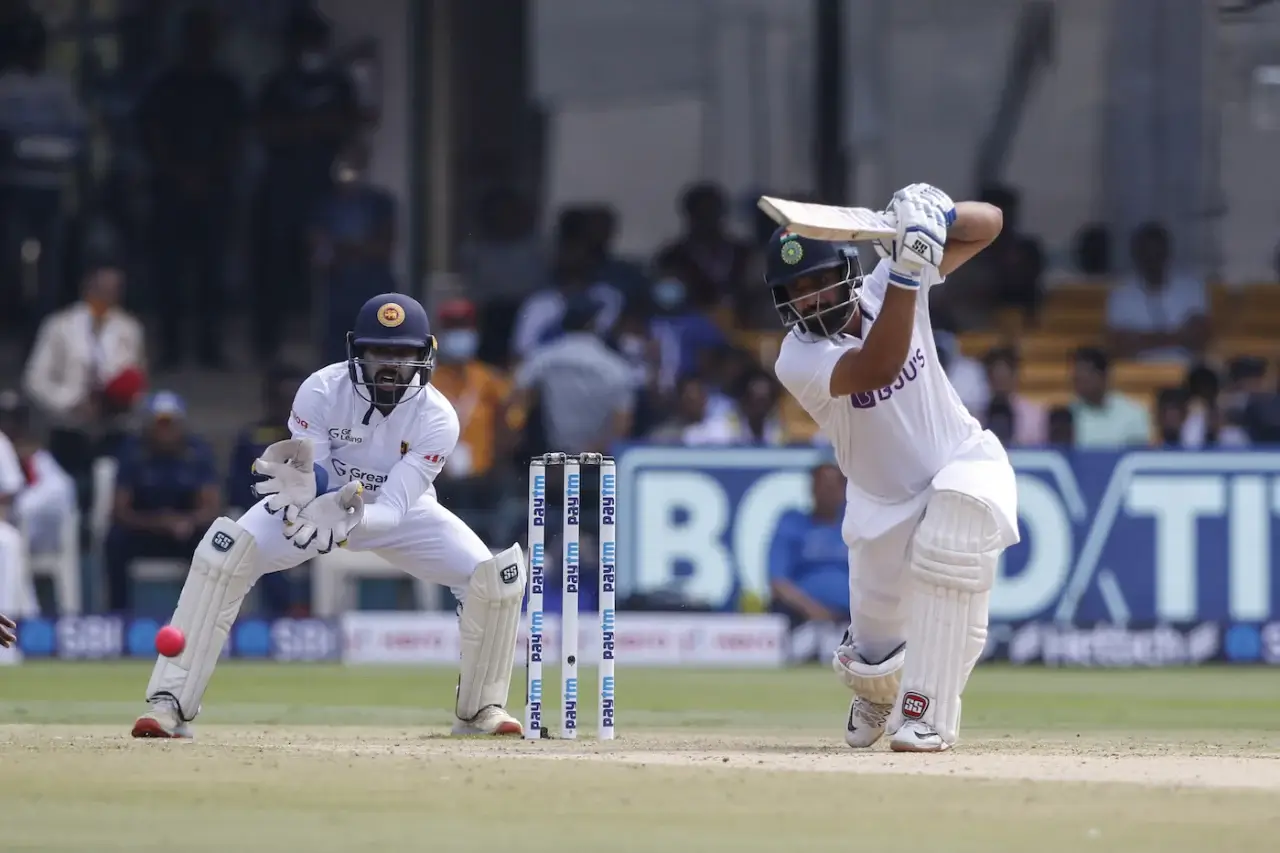Test cricket has entered a new era where matches often finish quicker than expected. Extreme surfaces have become common across countries as teams chase home advantage and fast results. These pitches create gripping moments but raise bigger questions about balance and true cricket skill. Many recent contests, including the Kolkata Test, have produced excitement with little room for batters to settle. This shift changes how players plan, how teams prepare, and how fans experience the game.
India and South Africa offered a clear example of this trend in their latest match. The pitch behaved like a worn surface from the first session. Balls jumped, skidded, and cracked through layers of loose soil. Batters struggled to trust their defence while bowlers waited for unplayable deliveries. Runs came in short bursts while wickets fell at a steady rate. Both sides wrestled for control on a surface that replaced patience with survival.
These conditions spark a debate about what Test cricket stands for. The format traditionally values long spells, careful judgement, and the shifting triangle of runs, wickets, and time. When time pressure is removed, the most significant feature of Test drama weakens. When conditions render long battles impossible, skill is limited to reaction and luck. This article examines whether extreme pitches enhance the game’s growth or risk diluting some of its most fundamental elements.
Why Extreme Surfaces Now Produce Fast but Unbalanced Contests?
Many recent Test matches have followed a clear pattern of rapid endings. Pitches are built with heavy assistance for bowlers, pushing games toward early finishes. These surfaces reduce the chance of draws, which fits the modern WTC scoring system. Teams prefer clear wins because they offer stronger rewards. This system encourages curators to produce tracks that shorten matches and create constant movement. The Kolkata pitch reflects this trend with its early cracks and irregular bounce.
The problem with these surfaces lies in how they limit the full contest. Batters rarely get time to build rhythm or trust any stroke. Their innings become short bursts of luck mixed with brief control. Bowlers, too, often depend on the pitch rather than disciplined effort. While skill still matters, the surface shapes the outcome more than planning or execution. Traditional challenges like long spells, clever changes, and slow match rhythms disappear too quickly.
This reduces Test cricket to a faster version of itself. Games lose the slow tension that builds through long sessions. They lose the mental battles that stretch across days. They lose the balance that allows both sides to influence outcomes using skill rather than surface behaviour. These extreme conditions offer entertainment but reduce the deeper beauty of the format.
How Rapid Results Shorten the Triangle of Tension?
Test cricket thrives when runs, wickets and time stay balanced. Extreme pitches collapse this triangle early. Batters lose time to build meaningful totals. Bowlers lose the chance to prove stamina through long spells. Captains lose the tactical freedom that normally shapes sessions. Without the pressure of time, matches feel rushed and incomplete. This weakens the dramatic build-up that makes Test cricket uniquely gripping.
Why True Test Skill Needs More Than Unpredictable Pitches?
Test cricket is designed to test skill across long periods. Quality surfaces allow batters to judge movement, trust technique, and build innings slowly. Bowlers need to remain sharp through long spells while holding discipline under pressure. Extreme surfaces remove these layers. They reward survival instead of decision-making. They reward chaos instead of controlled skill. They also reduce moments where class shines through consistent performance.
On balanced pitches, seamers must maintain rhythm across spells while watching conditions evolve. Spinners need drift, drop, and variation to build pressure over long overs. Batters need to assess angles, shape, and field placements. Extreme pitches cut short these tests, replacing them with bursts of unpredictable action. They offer excitement but diminish the quality of the contest.
This shift impacts player development too. Batters receive fewer opportunities to build long innings. Bowlers reduce the chance to learn long-range spells. Teams lose the variety that makes Test cricket a complete challenge. Balanced surfaces still allow results, but they create contests rooted in skill rather than survival. That balance is critical for the format’s long-term identity.
Why Skill Matters More Than Surface-Driven Drama?
Matches shaped by skill feel richer than those shaped by randomness. Players enjoy contests where good decisions matter. Fans enjoy games where both sides can adjust and respond. Extreme surfaces remove this shared influence. They tilt outcomes toward luck and surface behaviour. For Test cricket to maintain depth, it must protect the value of crafted skill over pure chaos.
The Role of Curators, Home Conditions and Intent
Pitch preparation varies globally but always includes some home influence. Teams request surfaces that support their strengths. India face green pitches overseas that target their spinners. Other nations meet turning tracks in Asia that target their seamers. This balance of influence has existed for decades. But extreme surfaces now push the limits of acceptable assistance. The Kolkata pitch raised questions because it behaved unexpectedly from day one.
Reports suggested the pitch might not have been watered before the match. If true, this hints at involvement from team management. But even if unintentional, the pitch brought debate about whether best intentions existed. Curators have difficult tasks managing weather, soil, and preparation windows. Yet pitches that behave like day-four surfaces in the first hour undermine both teams. They limit contest quality and match longevity.
Every nation plays a part in shaping their surfaces. But Test cricket benefits most when conditions support a fair contest. Balanced pitches still allow home advantage without sacrificing long-form skill. They create results without erasing the slow drama that defines Tests. Intent matters because it shapes how deeply the game challenges both sides. Fair preparation strengthens the format by keeping competition meaningful.
Why Intent Shapes the Future of Test Cricket?
Surface decisions reflect how nations value Test cricket. Balanced preparation shows respect for long-form skill. Extreme preparation favours short-term gains over complete contests. As pitches grow sharper, the sport risks losing its deepest tests. Intent must shift toward supporting strong cricket rather than rushed results. This protects Test cricket’s identity and long-term appeal.
Conclusion
Test cricket stands at a turning point as extreme pitches grow more common. These surfaces create thrilling finishes and unexpected results. They draw attention, create drama, and minimise dull draws. But they also remove elements that built the format’s legacy. They reduce time pressure, limit skill expression, and shorten battles that normally stretch across days. They replace measured strategy with quick collapse. For a format built on patience, this becomes a real concern.
Great Test cricket needs balance, not perfection. It must challenge both sides without removing their chance to respond. It must reward bowlers for discipline rather than randomness. It must allow batters to trust technique while staying alert. It must keep the tension between runs, wickets and time alive across sessions. Balanced pitches deliver this richness even while producing results.
Extreme surfaces will always have a place because they offer excitement. But when they become the norm, the deeper value of Test cricket begins to slip. The goal should not be to reduce draws at any cost. It should be to improve the contest so that every skill counts. Modern cricket needs surfaces that respect players and reward excellence across long periods. The future of the format depends on this shift in how pitches are prepared and managed.
Test cricket thrives when skill matters more than chaos. It grows when patience earns rewards. Its finest moments occur when both sides believe they can win deep into the final day. To protect that magic, the balance must be restored.














